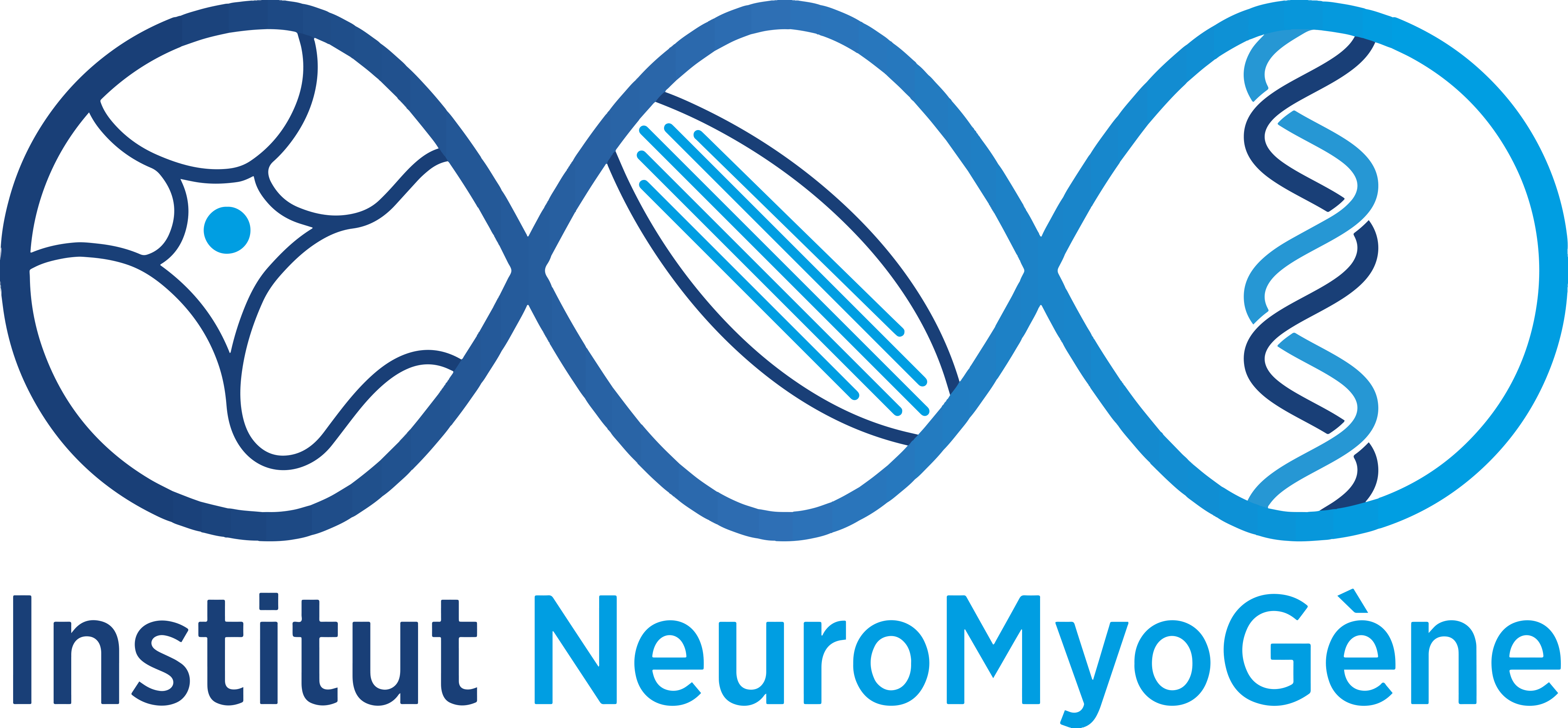New publication for team Lomonte online on PNAS website :
Herpes simplex virus 1 (HSV-1) is a major human pathogen that remains latent in the neurons of the trigeminal ganglia of infected individuals. Its reactivation is characterised by a variety of clinical symptoms, the most serious being keratitis and herpetic encephalitis. The colonisation of the central nervous system by the virus during an individual’s lifetime is a well-known fact, but the pathophysiological effects on neuronal homeostasis are still underestimated. In an article recently published in the prestigious journal Proceedings of the National Academy of Science (PNAS), published by the US National Academy of Sciences and one of the oldest multidisciplinary journals, first published in 1914, the team led by Dr Patrick Lomonte from the Institut NeuroMyoGène – Physiopathologie et Génétique du Neurone et muscle (INMG-PGNM) CNRS UMR5261 – INSERM U1315- UCBL, showed the involvement of an epigenetic repressor complex called the Human Silencing Hub (HUSH) and its two effectors, the SETDB1 and MORC2 proteins, play an essential role in repressing the latent HSV-1 genome associated with nuclear structures called PML nuclear bodies (PML NBs). This article follows on from several other studies by the same team published over the last 12 years which demonstrate the major role of PML NBs in maintaining latent forms of the HSV-1 virus in the sensory neurons of the trigeminal ganglia and in a chromatin-silent state that allows it to escape the surveillance of the immune system. This state of dormancy, from which the virus can nevertheless escape periodically and most often asymptomatically, enables the virus to colonise the brain of infected individuals, and a growing number of studies show that there could be a link between neurodegenerative pathologies such as Alzheimer’s disease and the presence of the HSV-1 virus in the neurons of the hippocampus, the memory zone. It is therefore vital to understand the molecular mechanisms that control the latency of the HSV-1 virus and keep it in pseudo-silence, in order to develop new antiviral strategies to treat the various forms of pathology associated with infection by this virus.
S. Roubille*, T. Escure*, F. Juillard*, A. Corpet* et al., The HUSH epigenetic repressor complex silences PML nuclear body-associated HSV-1 quiescent genomes. Proc. Natl. Acad. Sci. 121 (2024). https://doi-org.insb.bib.cnrs.fr/10.1073/pnas.2412258121

